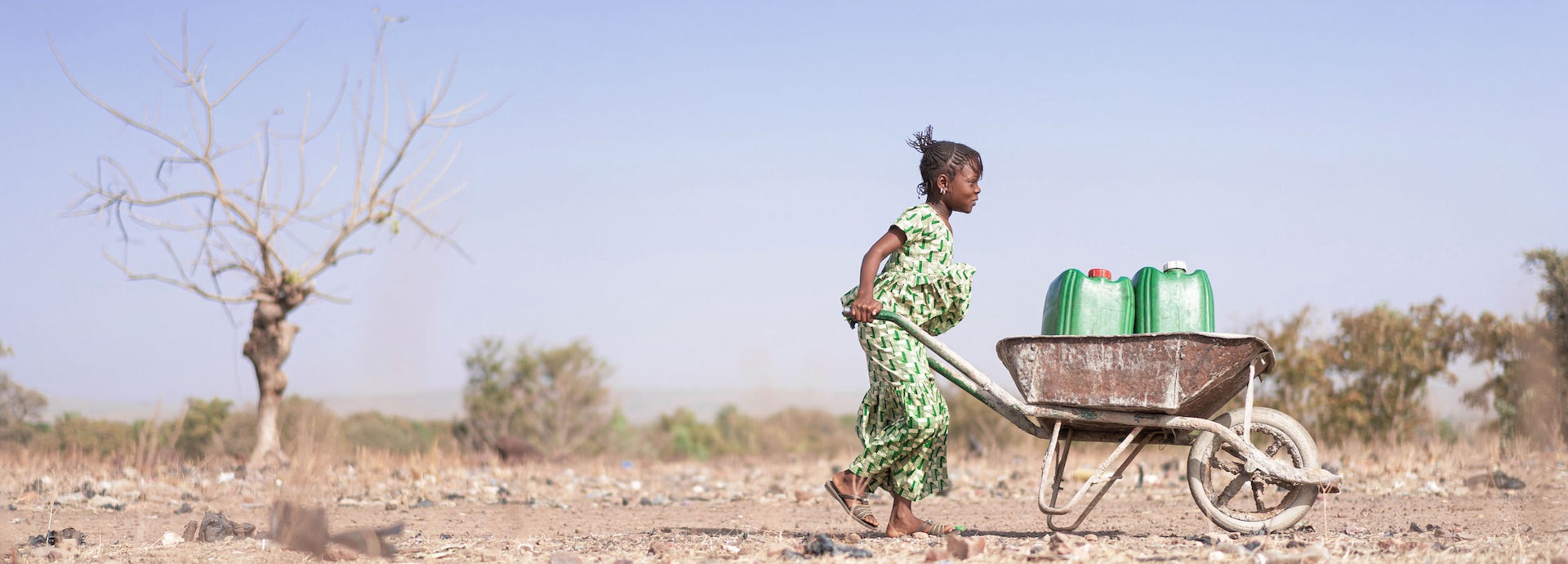

Two weeks ago, delegates representing 90% of the world’s population assembled at the COP26 meet in Glasgow to deliberate and set targets for controlling climate change. Here are some of the key decisions taken at the conference that could help mitigate climate change.
The writing was on the wall. The world had already been warned of a ‘code red for humanity’ and why it was essential to keep the target of 1.5 degrees even before the United Nations Climate Change Conference 2021 in Glasgow began.
“Our fragile planet is hanging by a thread. We are still knocking on the door of climate catastrophe. It is time to go into emergency mode — or our chance of reaching net-zero will itself be zero,” says UN Secretary-General António Guterres.
The summit was a crucial step in making adequate commitments and delivering big on the world’s Net-Zero target for 2050. But as all negotiations between countries go, the success of this meeting too hinged on tenacious negotiations between big nations. The Glasgow Climate Pact asks countries to revisit and strengthen their 2030 targets as necessary to align them with the Paris Agreement climate pledges in 2022. COP26 calls for developed countries to at least double their collective provision of climate finance for developing countries. The Glasgow pact includes the first ever call for phasedown of unabated coal and phasing out inefficient fossil-fuel subsidies. It also contains a draft text outlining the future structure of carbon markets. To avoid double-counting in emissions credits, it also addresses the important factor of accounting for internationally transferred mitigation outcomes (ITMOs).
In addition to the official outcome at Glasgow, countries also announced encouraging sectoral commitments necessary for a net-zero future:
1) A step towards phasing down coal
At COP26, 46 countries (including Indonesia, Vietnam, Poland, South Korea, Egypt, Spain, Nepal, Singapore, Chile, and Ukraine) agreed to phase out coal power and end support for new coal power plants. Countries also committed to scaling up clean power and ensuring a just transition away from coal.
2) Surging ahead with renewables
In a major decision that is estimated to shift USD 17.8 billion out of fossil fuels and support clean energy, a group of 34 countries (including Italy, Canada, the United States, Germany, and France) and five financial institutions committed to ending international public support for the fossil fuel energy sector by the end of 2022. They agreed to instead prioritise support for the clean energy transition.
3) Tackling the problem of methane
More than 100 countries also signed the Global Methane Pledge (proposed by the US and the EU) to limit methane emissions by 30% by 2030 compared with 2020 levels. But US and China agreed to do more to cut emissions. America set a target to cut greenhouse gas emissions by 50-52% from its 2005 levels. China committed to developing a plan to reduce methane and greenhouse emissions and even phase down coal starting 2026. But details of that move are still awaited.
4) Reforestation is a top priority
In another big development, 141 countries covering 91% of the world’s forests (including Brazil, China, Russia, and Indonesia) endorsed the Glasgow Leaders’ Declaration on Forests and Land Use, committing to halt and reverse forest loss and land degradation by 2030. Additionally, ten new countries signed the 30by30 target to protect 30% of the world’s ocean by 2030 taking the total support count to 100 countries.
5) Ensuring sustainable farming
45 governments pledged urgent action and investment to protect nature and shift to more sustainable ways of farming and 26 countries signed new commitments on changing their agricultural policies to make them more sustainable and less polluting. They agreed to invest in the science needed for sustainable agriculture and for protecting food supplies against climate change.
6) Ending the era of fossil-fuel-powered vehicles
In a historical move, over 30 countries (including Finland, Denmark, Norway, Sweden, UK, The Netherlands), more than 40 Cities, states, and regional governments and 11 car companies (including GM, Jaguar Land Rover, Ford, Volvo, and Mercedes-Benz) pledged to accelerate the transition to 100% zero emission cars and vans by 2040 or earlier.
7) Clydebank Declaration for green shipping corridors
22 countries (including Australia, Canada, France, the UK, and the United States) agreed to work together with shipping industry leaders to develop the world’s first green shipping corridors i.e. zero-emission maritime routes between two (or more) ports.
The long journey to 1.5 degrees
Did the COP26 deliver on everything that was hoped for? The climate agreement was amended and ‘phasing out coal’ was reportedly replaced with ‘phasing down coal’ due to interventions from India and China who are amongst the world’s largest coal users. Developed countries are no closer to achieving their COP15 (Copenhagen), COP16 (Cancun) and COP21 (Paris) commitment of collectively mobilising USD 100 billion per year by 2020 for climate action in developing countries.
“We can now say with credibility that we have kept 1.5 degrees alive. But its pulse is weak, and it will only survive if we keep our promises and translate commitments into rapid action,” warns COP26 president Alok Sharma.
Indeed. Translating commitments into action will be the defining factor of our intent to keep climate change in control. In addition, all nations - big or small need to become more transparent in reporting and monitor their actions towards achieving this goal.
Climate change also requires urgent actions from companies and individuals. At Wärtsilä, combatting climate change is a top priority and a key factor in the company’s strategy.
“With our current portfolio, we are already enabling the decarbonisation of the marine and energy sectors,” explains Marko Vainikka, Vice President, Corporate Relations and Sustainability at Wärtsilä. “We are also always looking into future actions. Wärtsilä recently made a ‘Set for 30’ commitment with the goal of becoming carbon neutral in its operations and to provide a product portfolio, which will be ready for zero-carbon fuels by 2030.”


